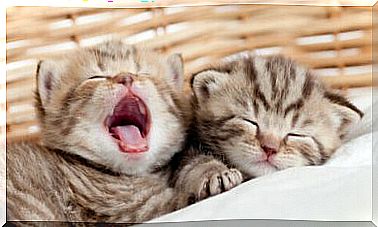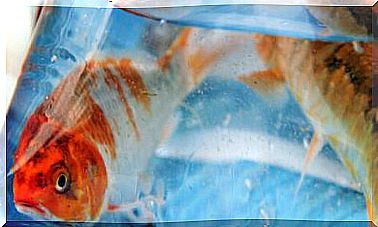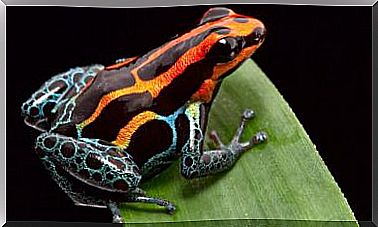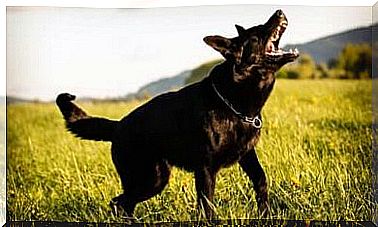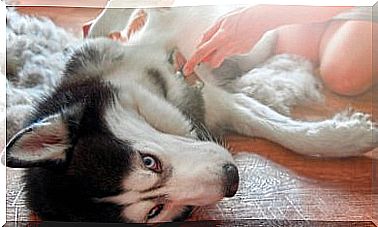6 Solutions To Separation Anxiety In Dogs
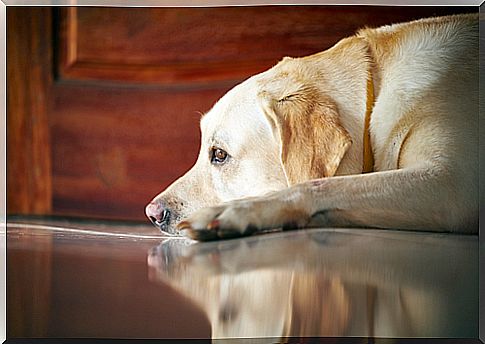
Separation anxiety is a condition that occurs in animals when they realize they are being left alone. Distress results in destructive behavior and excessive vocalization. With this type of behavior, many dogs, when left alone, usually also refuse to eat or drink, exhibit excessive salivation and go to great lengths to try to escape their confinement, thereby causing damage to the environment that surrounds them and themselves.
It is normal for dogs, especially puppies, to experience some anxiety when they separate from their owners. It is a survival mechanism used to adapt to their new environment.
In fact, a significant number of dogs experience some degree of separation anxiety. Fortunately, many pet owners are willing to seek solutions to avoid behavior problems. Do you want to know them?
How to avoid confusing anxiety with other disorders
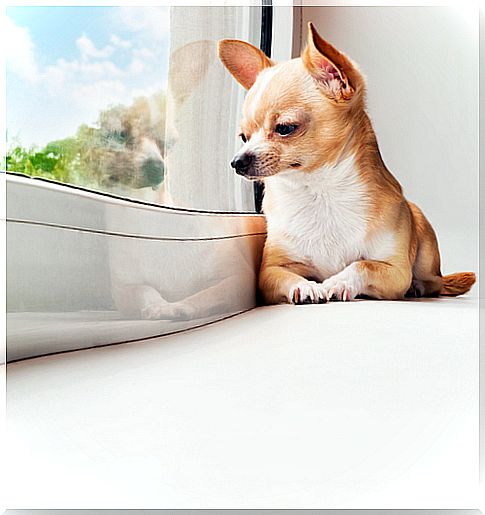
Before adopting any type of solution it is important to understand why the dog’s behavior is not adequate. The destructive behavior of a dog can be a result of the anxiety experienced by the animal when it separates from the owner. But it could also be normal behavior, due to the fact that the animal has probably accumulated excess energy. Separation anxiety can be the cause of excessive barking, but fear, aggression, or a desire to play can also be hidden behind that barking.
The s eparazione, associated with destruction, it is usually be linked to the need to satisfy the need to chew or scratch. If the destruction is generalized, i.e. destructive events occur throughout the home, then perhaps separation anxiety could be one of the possible causes. But before establishing this diagnosis, it is best to collect detailed information about the animal’s behavior. In this sense, perhaps, a video camera or recorder can offer various clues to the causes of these behaviors.
Some solutions for dog anxiety

Before you leave the house, get your dog to exercise. A tired dog has less energy and will be less anxious and destructive. Then get him to do some movement for 20-30 minutes – it can be very helpful in improving your friend’s behavior when he notices you’re not home.
When you go out or come home, don’t stimulate your dog too much with words or gestures. It is very likely that when you come back he will thrill, jump and bark. If you notice this behavior, turn your back on your dog and walk away. When he has calmed down, say hello and calmly welcome him.
It is important to eliminate any clues that make the dog understand that you are about to leave. To do this, it is necessary to “deactivate” some elements that make up your routine. For example, take your car keys, but instead of heading for the door, sit on the sofa and turn on the TV. The goal is to make your routine unpredictable.
When separation from your pet occurs, don’t forget to use some important words, such as “I’m back”, which help your dog relax, make him feel a little quieter and do no harm.
Consider alternative solutions. Perhaps you could leave your pet in a dog daycare center or, failing that, find a neighbor or family member who can stay with him while you are away.
Another way to keep your dog from feeling alone is to adopt another pet. If you decide for this option, choose a pet that is compatible with your little friend. But before making this decision, remember that animals need a lot of attention. So make sure you can offer them all the care they need.
Eliminate all stressors that can affect your dog during your absence. Avoid chains, corporal punishment or shouting. Keep all objects that could cause physical harm to your pet out of his reach. If you use negative reinforcement, it will arouse a great deal of distress in him. So, to avoid this, it is always better to use other methods.
Finally, if you notice that your dog’s behavior hasn’t changed, it’s best to see a specialist.

